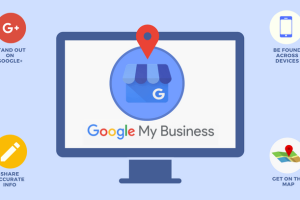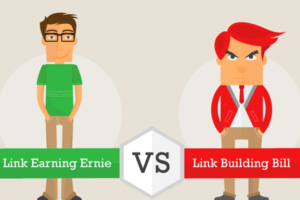Content Attributes
Email lists are the number one asset for any marketer, and perhaps it is also the first thing that comes into their minds when ROI takes a nosedive. No matter if you are a brand new business looking forward to building an email list or an established firm rethinking your email marketing strategy, building your email list organically is a better option.
An organic mailing list contains the contacts of only the people who have willingly consented to join your subscription list. On the other hand, a paid mailing list is acquired by purchasing it from a third party without the consent of the concerned individuals, making it unsolicited. Paid mailing lists do more harm than good, and they can even cost you in millions if someone drags you into court for sending unsolicited messages under CAN-SPAM or GDPR.
By building email lists organically you can achieve email marketing ROI as high as 4400%. But that’s not where it ends. You will see better open rates, CTR, cost-to-conversion, deliverability and improvement on all email metrics as people will receive messages that they have previously consented to.
Have a look at these five time-tested tips for building an organic mailing list:
#1 Make Sign-Ups Hassle-Free
Your website will most probably get the maximum number of visits on its homepage. So, you should make it very easy for your visitors to sign up for your email newsletter on this page.
Place a signup box in the upper portion of your homepage so that your visitors can access it easily. Don’t try to reinvent the wheel while designing your sign up box. Keep it clean and only ask for their name and email address. Try using a maximum of two to three colors coupled with a lot of white space and persuasive copy. Have a look at this signup form on Jeff Bullas’ website to get some inspiration:
#2 Offer Valuable Content And Gated Resources
Providing your audiences with some valuable content on your website in the form of a blog helps you build your mailing list for a long period of time using the same content. You can place a sign-up form on your blog pages as well as include CTA buttons inside the content body to get opt-ins.
Gated resources such as e-books, industry reports and white papers are lead magnets that convince people to give their email addresses in exchange for the valuable content of your resources.
You can offer gated content on multiple platforms as a part of a campaign that targets only relevant individuals. I strongly recommend telling your audience upfront that you won’t spam them and they can expect only relevant messages.
#3 Use Enter and Exit Intent Pop-Ups With Social Proof
Most of your visitors will not be coming to your website twice so you should make the most out of them. Exit-intent pop-ups, combined with social proof, are powerful tools to approach your outgoing visitors.
Usually, pop-ups offer value-driven insights or access to a time-bound event like a webinar. Have a look at this example below that looks feels like a personalized message:
Social proof is a great catalyst as people generally consider user-generated content as more trustworthy. It helps bypass the decision-making process in the visitor’s mind and optimizes the opt-in rate.
This is a time-tested method for building organic lists. You can also use entry pop-ups as they too, produce good results.
#4 Run Social Media Ads And Use Custom Landing Pages
Publishing ads on Twitter, LinkedIn and Facebook is an excellent off-site list-building method. You can offer in-depth free resources to your audience in exchange for their email addresses. However, I feel that offering instant benefits like a discount on a deal works better with the FOMO mentality on social media.
Don’t forget to use custom landing pages as it is necessary to have the same design as on the social media ads. Also, the landing pages should be targeted towards converting the inbound traffic for specific posts they arrived from.
#5 Use Smart Bars And Scroll Boxes
Smart Bars hover over the website and provide a steady window for your visitors to enter their email address. Smart bars usually blend with the website UI and redirect the users to a landing page. Here is an example of a smart bar:
Smart bars are great at attracting email subscribers as they are visually distinguishable on the page. They allow your audience to get the promised benefit at any moment while consuming content. Hence, their effectiveness lies in being an accessible and organic looking CTA button, enlarged ofcourse.
On the other hand, a scroll box can also help fetching email addresses. They can be helpful when you are looking forward to sharing content on a time elapsed basis. Have a look at scroll box design here:
Summing Up
Throughout the article, I have focused extensively on converting inbound visitors into subscribers. While you can also fetch email addresses directly from social media and other off-site activities, I advise sticking with onsite email list building.
Compiling all the new contacts should be done with care as you need to segment them as per their first interaction with your brand. This also includes their purchase intent as well as customer demographics. This not only helps you build a more organic mailing list but also helps you maintain hygiene and get better ROI for your efforts.
Author Bio
Kevin George is Head of Marketing at Email Uplers, email design and coding companies that specialized in crafting beautiful email templates, PSD to email conversion and free HTML email templates production in addition to providing email automation, campaign management, and data integration & migration services. He loves gadgets, bikes, jazz and eats and breathes email marketing. He enjoys sharing his insights and thoughts on email marketing best practices on his blog.



